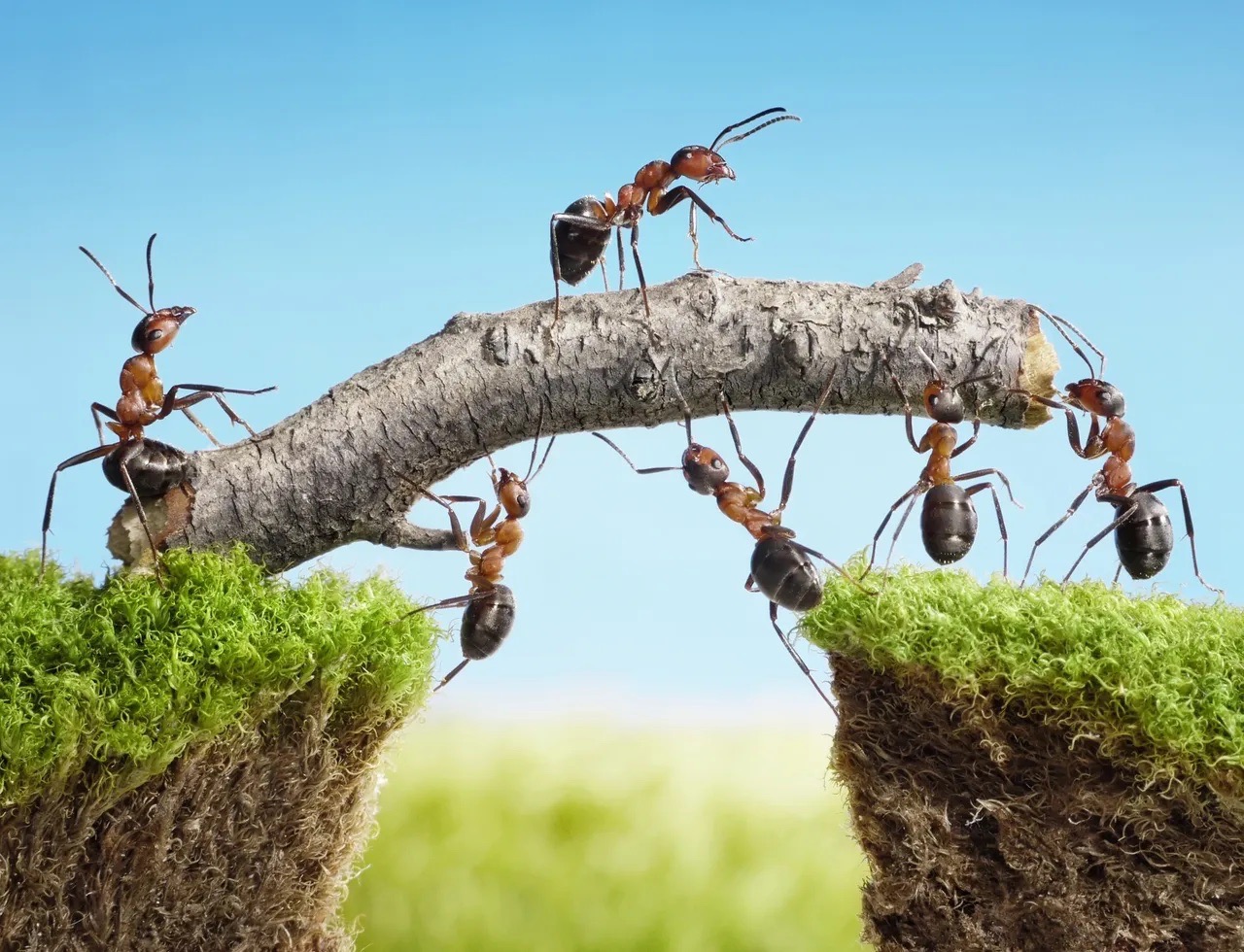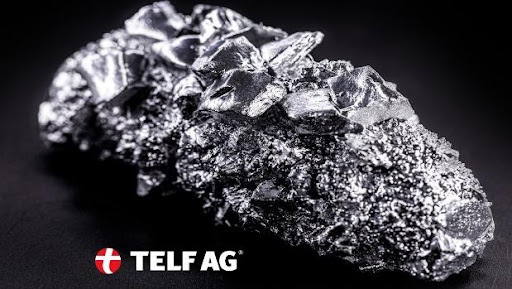Recycling is an enormous industry that helps preserve our finite natural resources. By recycling materials, energy is conserved while fewer raw materials need to be extracted from our environment – providing significant cost-savings and environmental advantages.
Each ton of material recycled helps prevent landfill and ocean pollution while simultaneously decreasing air and water pollutants created during manufacturing processes.
Cardboard
Cardboard is one of the most commonly used materials for packaging products, due to its biodegradability and recyclable nature.
As such, it makes for an eco-friendly choice when packaging electronics, cookware, toys, etc. However, many individuals do not know how to dispose of cardboard properly, leading to messy yards or homes as well as environmental concerns. You can click the link: https://wwf.org.au/blogs/the-state-of-australias-recycling-how-did-we-get-into-this-mess/ for more information.
Annually in Australia, around 3.5 million tonnes of paper and cardboard is consumed; enough to fill 160,000 large semi-trailers. Recycling cardboard whenever possible is essential in helping reduce landfill waste.
When left to decompose over time in landfill sites, cardboard emits methane which is 21 times more potent than carbon dioxide, creating greenhouse gasses – this should be of great concern, and we should strive to limit our paper and cardboard waste.
When it comes to recycling cardboard, the first step should always be contacting your local council to see if they have a facility nearby where you can drop off your cardboard for recycling. If they don’t, consider calling up one of many rubbish removal companies like www.ridly.com.au/ who will come directly to your home or business and collect your cardboard for recycling on their behalf. Be sure to flatten your pieces first to help the recycling plant sort through them more easily!
Cardboard waste recycling is among the easiest types of recycling to do because its main constituents are processed fibres that use fewer resources than other products. Cardboard can also be recycled multiple times without losing its structural integrity, providing endless recycling potential.
Coated and treated cardboard should be avoided to ensure proper recycling – coating or treatment could prevent the remainder of your cardboard from being recycled at all and sent straight to the landfill instead. To make sure it’s done right, look out for FSC certification to show that your paper and cardboard come from responsibly managed forests.
Paper
Paper recycling is one of the easiest and most effective ways to combat pollution and preserve our environment. Paper waste that doesn’t get recycled ends up in landfills where it produces toxic gases. Recycling paper prevents this from happening while simultaneously saving energy consumption. Producing new paper from raw materials requires lots of energy consumption while recycled paper only uses about 70% as much energy in production.
Paper recycling helps conserve non-renewable resources like wood while saving energy and protecting the environment by saving trees from being cut down, helping reduce deforestation, and saving more trees than if people didn’t recycle at all. Plus, more people recycling means less resources are being consumed while more trees may be saved!
Household wastepaper includes old newspapers, printer paper, and junk mail. For proper recycling it’s essential that these different forms of paper be separated into their individual categories – it has even been said that paper can be reused up to seven times over its lifespan!
Paper made from recycled products can be created by washing it and mixing it with water into a slurry, which is then heated and dried into sheets of paper. Once recycled paper has been formed into sheets it can be made into notebooks, envelopes, or any number of household goods.
When recycling paper, it is essential to first remove any plastic windows or coatings so it can be recycled appropriately. Certain kinds of coated papers cannot be recycled due to contamination risks; contact your local recycling centre in advance so you know which varieties they allow for recycling. You can also visit this helpful site for more information.
Office paper, toilet tissue and wrapping paper are among the most recyclable forms of paper. If there are other uses for it besides recycling such as creating scrapbooks or tote bags, then try finding ways to reuse it instead of recycling. One ton of recycled paper saves 17 trees, 380 gallons of oil and three cubic yards of landfill space!
Plastics
Plastics have many uses in modern society, yet their environmental impact is immense. Being non-biodegradable materials, they pose a serious environmental risk. From clogging drains and waterways to health problems and environmental degradation, there are many ways that plastics impact our everyday life – not to mention respiratory and skin conditions and food contamination!
Plastic can be recycled, but the process is complex and time-consuming. Collecting all of the waste, sorting through it, and melting it down takes a considerable effort, time, money, and resources, which explains why most of it winds up in landfills or pollutes natural environments instead. Starting fresh plastic production may be more cost-effective and easier in terms of recycling costs and efficiency.
Different plastics must be recycled differently; not all can be easily recycled in one fashion.
Some must be burned or put into landfills to be recycled safely, which releases dangerous chemicals into the air and soil. Incineration creates energy that can be harnessed but at the same time releases dioxins and polychlorinated biphenyls (PCBs), both harmful substances to human beings.
Mechanical recycling of plastic materials, including bottles, containers, and cups as well as bags, plastic utensils and even some toys and clothing items is possible in most instances. Like materials must be collected into recycling bins which may then be collected by public or private businesses or at recycling centres near where you reside.
Other plastics require more complex recycling processes called chemical recycling, which involves high heat and powerful chemicals to break down old plastic goods into raw ingredients for making new ones. While chemical recycling is more expensive, it produces high-quality virgin-like new plastics suitable for food and medical products that meet FDA approval.
Recycling requires being aware of what can and cannot be recycled, and to try and avoid items that cannot be recycled – for instance, most local programs do not accept Styrofoam for recycling.
Metals
Metals are highly recyclable materials that can be reused repeatedly. By recycling metals, we reduce landfill waste while conserving natural resources. Recycling also saves landfill space while creating industrial uses – from making new cars or aeroplanes to energy-efficient homes or appliances.
Recycling metals such as aluminium, iron, steel, copper, zinc, and lead are possible. Metals can be divided into two groups – ferrous and non-ferrous, where ferrous include steel, cast iron and wrought iron while non-ferrous includes copper, nickel, tin, and zinc as well as precious metals like gold and silver.
Utilizing scrap metals is an excellent way to lower environmental impact by eliminating the need to mine and process fresh materials. Furthermore, recycling reduces greenhouse gas emissions as well as energy and fuel requirements associated with shipping these metals across the globe.
Recycling metal can help create a more circular economy. An open loop system of mining, processing, manufacturing, and wasteful energy consumption results in wasted resources such as energy and materials that need to be recovered through recycling efforts.
Recycling metals requires sorting them according to their properties, followed by crushing or compacting so they occupy minimal space on conveyor belts and can be melted at lower temperatures. Small pieces have greater surface areas which allow for quicker melting; larger pieces require more energy in comparison.
The Environmental Impact of Recycling in Australia
One key step towards being more environmentally friendly is recycling as much waste as possible – this includes plastic pollution as well as recyclable items like glass, paper and cardboard that can be re-used again and again.
However, recycling alone cannot solve all our environmental woes – reducing how much rubbish we produce initially is also paramount to its success.
An effective recycling system relies on many elements, from reliable collectors and processors, favourable market forces and knowledgeable consumers, all coming together to form an efficient system. Unfortunately, research from the University of Sydney reveals that over 20% of Australians do not feel confident they know which materials can and cannot be recycled; those aged 18-24 were found to be especially uncertain.
The good news is that 62% of people are making efforts to recycle, with 25% also seeking ways to decrease waste at home. Furthermore, females were found to be more likely than their male counterparts to have taken these measures.
Over half of the respondents to a recent survey were recycling old tech devices like laptops, phones, and tablets; Tasmanians led in this regard with 78% recycling their obsolete tech; Western Australians came second on this list at 69%.
As should be noted, only 13% of Australia’s electronic waste is recycled – with most ending up in landfills causing serious environmental impact.
Education on what can and cannot be recycled is also necessary, with some items like pre-packaged pods, capsules and discs for coffee machines not being recyclable through curb side recycling; they can, however, still be recycled by specialist companies.
As a way of helping reduce confusion, it’s wise to consult your council website or download an app that enables you to scan items and see which recycling options exist in your locality.
While most Australians are already recycling, we can all do more to enhance Australia’s recycling situation. If you have an empty jar or container that you are no longer using, consider giving it away to a community group such as a craft group, school, or charity shop in need.
Additionally, some states and regions provide container deposit schemes that accept select types of reusable plastic drink containers – making these schemes an easy way to earn some extra cash while helping the environment!







